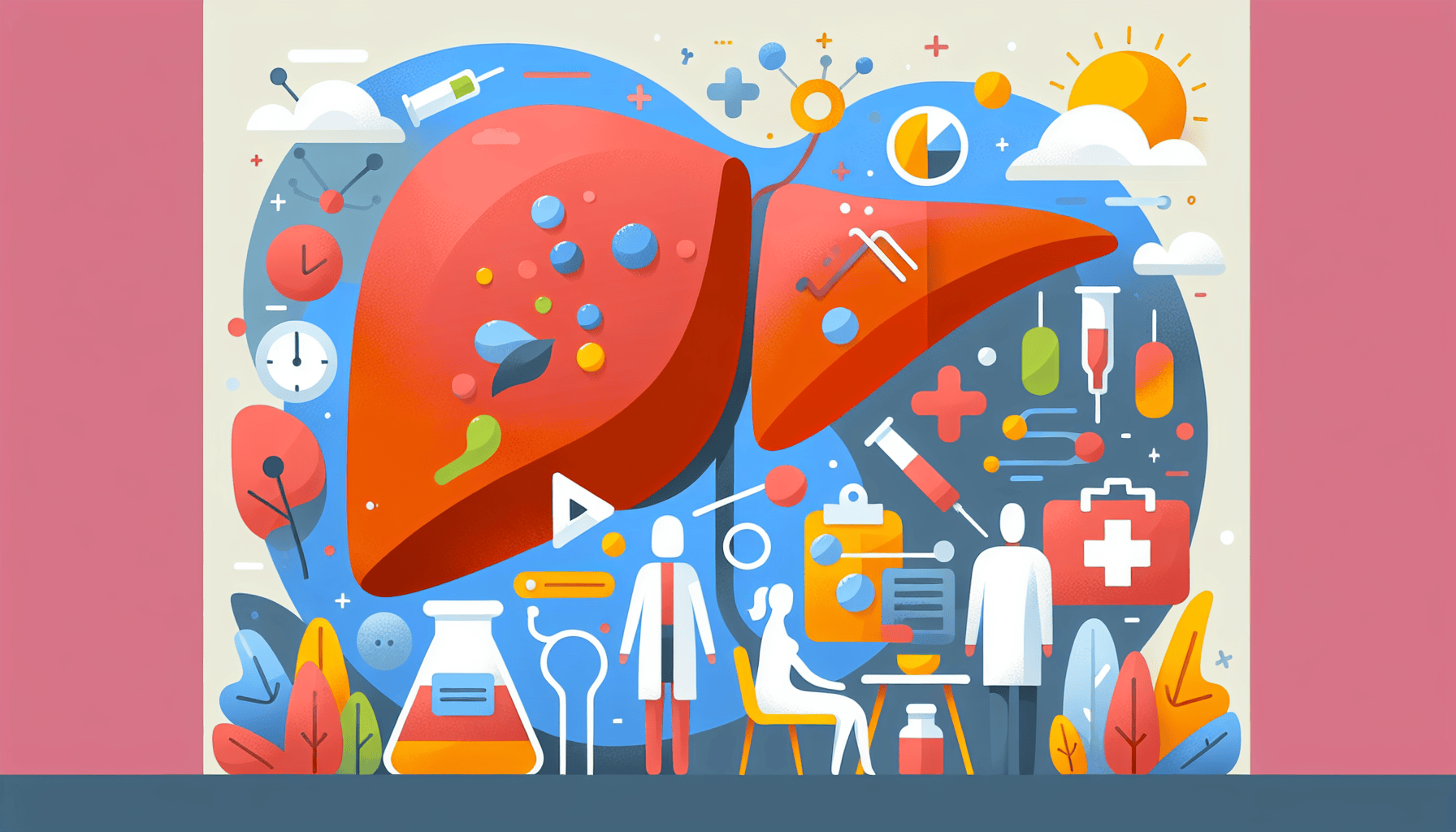9 Common and Serious Side Effects of Yaz
Key TakeawaysYaz is a popular birth control pill with both common and serious side effects.Common side effects include nausea, headaches, and breast tenderness.Serious side [...]
Read More
Medically reviewed by William Wadzinski | MD, Uniformed Services University of the Health Sciences on October 9th, 2023.
Fatty liver disease is a common condition where extra fat builds up in your liver. It often causes no symptoms and can be reversed with diet and exercise. However, if left untreated, it can lead to more serious liver problems.
There are two main types of fatty liver disease:
Nonalcoholic fatty liver disease (NAFLD): This type affects 1 in 3 adults in the U.S. and is not caused by drinking alcohol. There are two forms of NAFLD:
Simple fatty liver: Fat builds up in the liver but usually doesn't cause liver damage or problems.
Nonalcoholic steatohepatitis (NASH): A more serious form that causes liver inflammation and damage, and can lead to scarring, liver cancer, and liver failure.
Alcohol-related fatty liver disease (ALD): This less common type is caused by drinking too much alcohol, which can lead to an enlarged liver, alcoholic hepatitis, and cirrhosis (liver scarring).

Most people with fatty liver disease have no symptoms. Some may experience:
Tiredness
Pain in the upper right side of the abdomen
Enlarged liver
Swollen belly
Jaundice (yellowing of the skin and eyes)
Factors that increase your risk of NAFLD and NASH include:
Obesity or being overweight
Type 2 diabetes or insulin resistance
High cholesterol or triglycerides
Metabolic syndrome
Being Hispanic or Asian
For ALD, the main risk factor is drinking too much alcohol, especially if you are obese, malnourished, or have hepatitis C.
To diagnose fatty liver disease, your doctor may use:
Physical exam to check for an enlarged liver or other signs
Blood tests to assess liver function and damage, rule out other causes, and estimate liver scarring
Imaging tests like ultrasound, CT scan, or MRI to look for fat in the liver
Liver biopsy to confirm NASH and check for inflammation and scarring
Treatment for fatty liver disease focuses on reversing the condition and preventing liver damage through lifestyle changes such as:
Losing weight gradually if you are overweight or obese
Following a healthy plant-based diet low in saturated fats and added sugars
Exercising regularly
Avoiding alcohol
Managing conditions like diabetes and high cholesterol
Taking vitamin E supplements (for NASH)
In severe cases of NASH with cirrhosis or liver failure, a liver transplant may be necessary. Learn more about NAFLD and NASH, ALD, and liver transplantation.
You can reduce your risk of fatty liver disease by:
Maintaining a healthy weight
Eating a nutritious diet high in fruits, vegetables, and whole grains
Exercising most days of the week
Limiting alcohol intake
Getting vaccinated against hepatitis B and C
With the right diagnosis, treatment, and prevention strategies, fatty liver disease can be managed and even reversed. Talk to your doctor if you think you may be at risk or have symptoms of fatty liver disease.
Key TakeawaysYaz is a popular birth control pill with both common and serious side effects.Common side effects include nausea, headaches, and breast tenderness.Serious side [...]
Read MoreKey TakeawaysLiraglutide is a medication commonly used for type 2 diabetes and weight management.Common side effects include nausea, vomiting, and diarrhea, which often [...]
Read MoreKey TakeawaysDupilumab is a biologic medication used to treat conditions such as eczema, asthma, and nasal polyps.Common side effects include injection site reactions, eye [...]
Read More